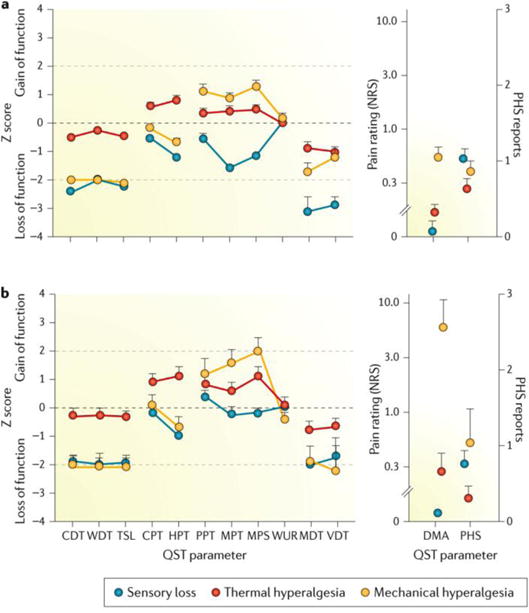Figure 5. Subgrouping patients with peripheral neuropathic pain based on sensory signs.

On the basis of two well-established testing (n = 902) (part a) and control (n=233) (part b) data sets69, three categories of patient phenotypes for neuropathic pain have been proposed: sensory loss, thermal hyperalgesia and mechanical hyperalgesia. Positive scores indicate positive sensory signs (hyperalgesia), and negative scores indicate negative sensory signs (hypoaesthesia or hypoalgesia). Values observed in those with neuropathic pain are significantly different from those of healthy participants when the 95% CI does not cross the zero line, which defines the average of data from normal subjects. Insets (right) show the numerical rating scale (NRS; 0–10) values for dynamic mechanical allodynia (DMA) on a logarithmic scale and the frequency of paradoxical heat sensation (PHS) on a scale of 0–3. These findings indicate that patients with neuropathic pain have different expression patterns of sensory signs. These subgroup results suggest that different mechanisms of pain generation are involved in the pain condition. Furthermore, the first clinical trial to show phenotype stratification based on these sensory profiles has predictive power for treatment response186. Error bars are the graphical representation of the variability of the data present in the database. CDT, cold detection threshold; CPT, cold pain threshold; HPT, heat pain threshold; MDT, mechanical detection threshold; MPS, mechanical pain sensitivity; MPT, mechanical pain threshold; PPT, pressure pain threshold; QST, quantitative sensory test; TSL, thermal sensory limen; VDT, vibration detection threshold; WDT, warm detection threshold; WUR, wind-up ratio. Reproduced with permission from REF 70, Baron, R. et al., Peripheral neuropathic pain: a mechanism-related organizing principle based on sensory profiles, Pain, 158, 2, 261–272, http://journals.lww.com/pain/Fulltext/2017/02000/Peripheral_neuropathic_pain___a_mechanism_related.10.aspx
